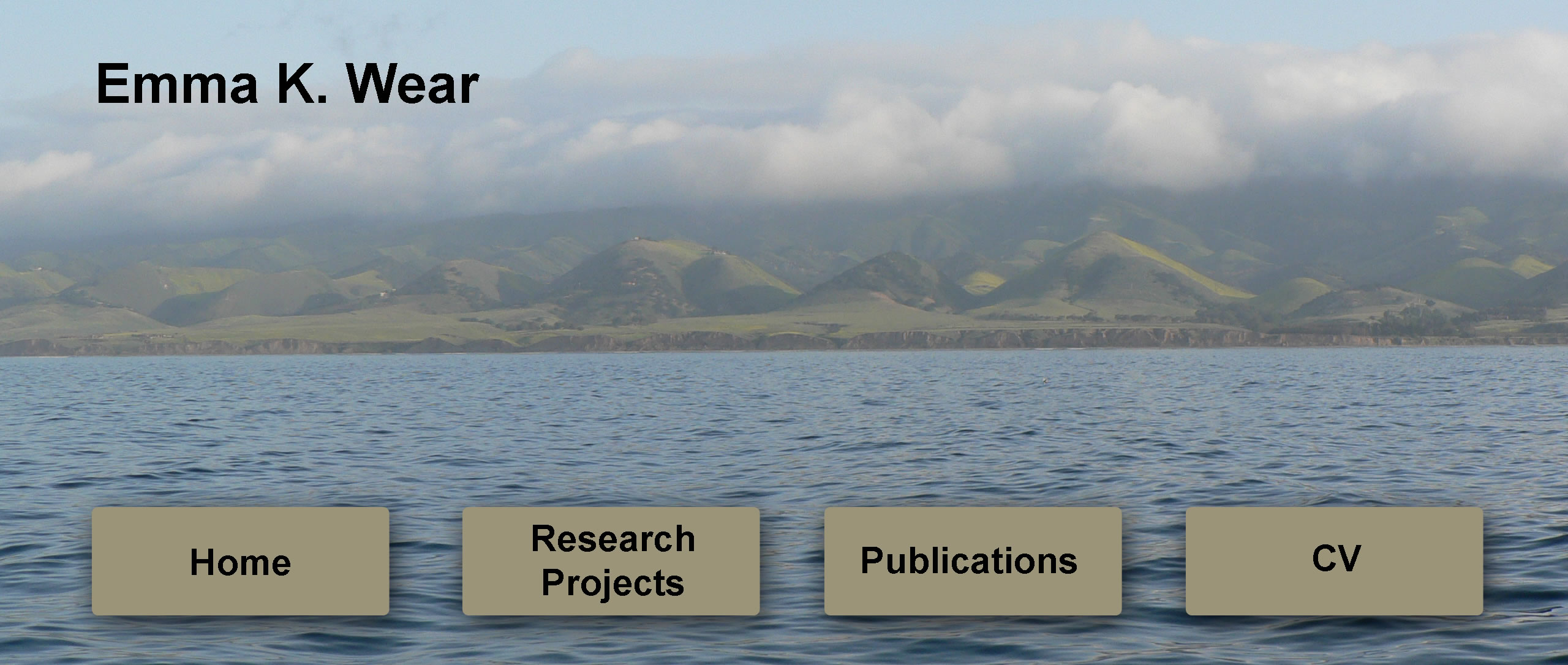

This is an overview of selected recent and ongoing research projects to which I have contributed.
Microbial community characterization in the Clarion-Clipperton Zone (CCZ)
The goal of the DeepCCZ cruise to the Clarion-Clipperton Zone was to sample the biodiversity present in
Areas of Particular Environmental Interest set aside as refugia for polymetallic nodule fields of
the western CCZ, prior to potential mining activity in
the region. I joined this cruise to collect samples to
analyze microbial communities on manganese nodules and in the
sediments and
water column. This survey
will fill a gap in a poorly-sampled
region of the ocean and will further allow us to examine
trends in benthic
microbial biodiversity along a
latitudinal gradient and between the abyssal plain
and seamounts.
This project also included a workshop, held in October 2019, focused on synthesizing the available
biodiversity data from the CCZ and the ability of the no-mining Areas of Particular Environmental Interest
to represent that biodiversity. I was a member of the working group conducting a meta-analysis on
bacteria and archaea.
Resulting publication: technical report to the International Seabed Authority
Resulting publication: Wear, Church, Orcutt, Shulse, Lindh, and Smith, 2021
This manuscript synthesizes published and new datasets to characterize the scales of microbial variability
within the CCZ. In particular, we documented both spatial and temporal variability that should be accounted
for when designing biomonitoring programs in the CCZ. We also make a number of recommendations to
facilitate future microbial sampling and ensure samples are inter-comparable across sites and time.
Publication in progress: Wear et al. in prep
This manuscript contrasts microbial communities sampled on the abyssal plain and from adjacent seamount sites.
By putting the degree of community overlap or uniqueness in context of other scales of deep-sea variability, such as
habitat type and latitudinal gradients, we hope to provide biomonitoring programs with information on the necessity
of accounting for seamounts in surveys of CCZ microbial biodiversity.
Bacterioplankton community metabolic ability across an eddy dipole
In spring 2018, I participated in a SCOPE cruise that transited from a cyclonic eddy to an anti-cyclonic eddy
located to the north of Hawai`i. To test the hypothesis that bacterioplankton communities in different
eddy types would be pre-conditioned to respond differently to variable DOM, I set up experimental bioassays
to measure DOM remineralization along the gradient from eddy center to eddy center, testing responses to both
in situ DOM and lysates from cultures of Prochlorococcus and a coccolithophore. While eddy effect had no obvious
impact on community metabolic abilities in the short term, these experiments suggested that eddies might promote
the formation and turnover of semi-labile DOM in the photic zone of stratified, oligotrophic systems.
16S rRNA gene primer comparison in an ecological context
I tested four 16S rRNA gene primer sets on both mock communities of known composition and time-series
samples from the Santa Barbara Channel. Unsurprisingly, we found that all primer sets had strengths and
weaknesses and that
the most recently developed primer sets were overall the best choices. However,
we also found that ecological conclusions (e.g., depth and temporal patterns, and correlations with
environmental parameters) were largely unaffected by primer choice. This suggests that, while the field needs
to be cautious when comparing relative abundances produced by different primers, it is valid to compare
broader ecological findings - an important point as primer sets fall in and out of favor over time.